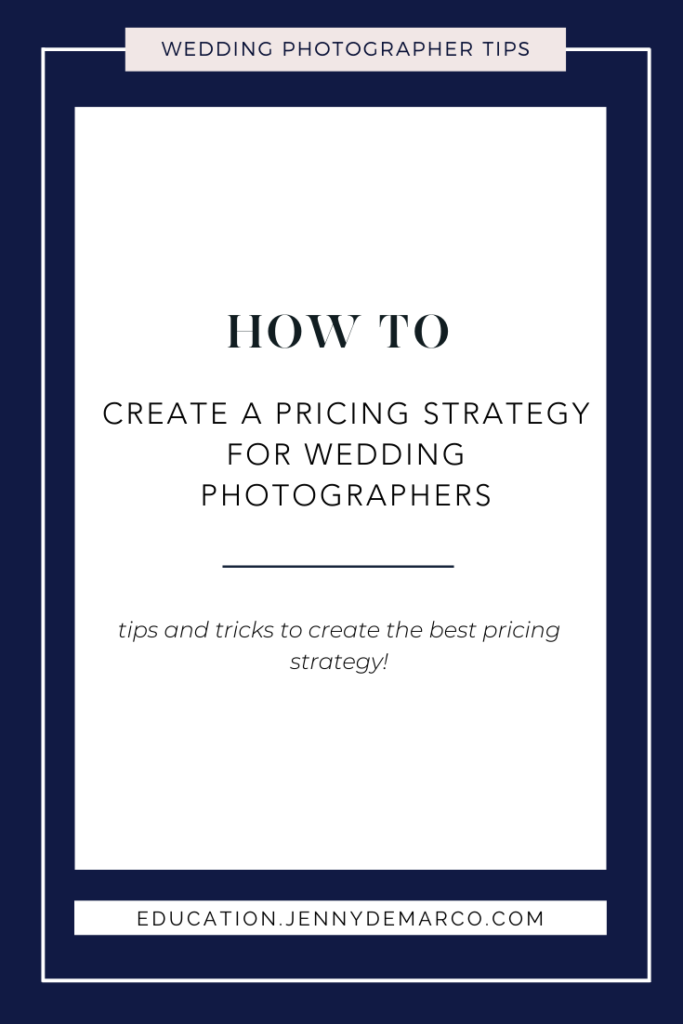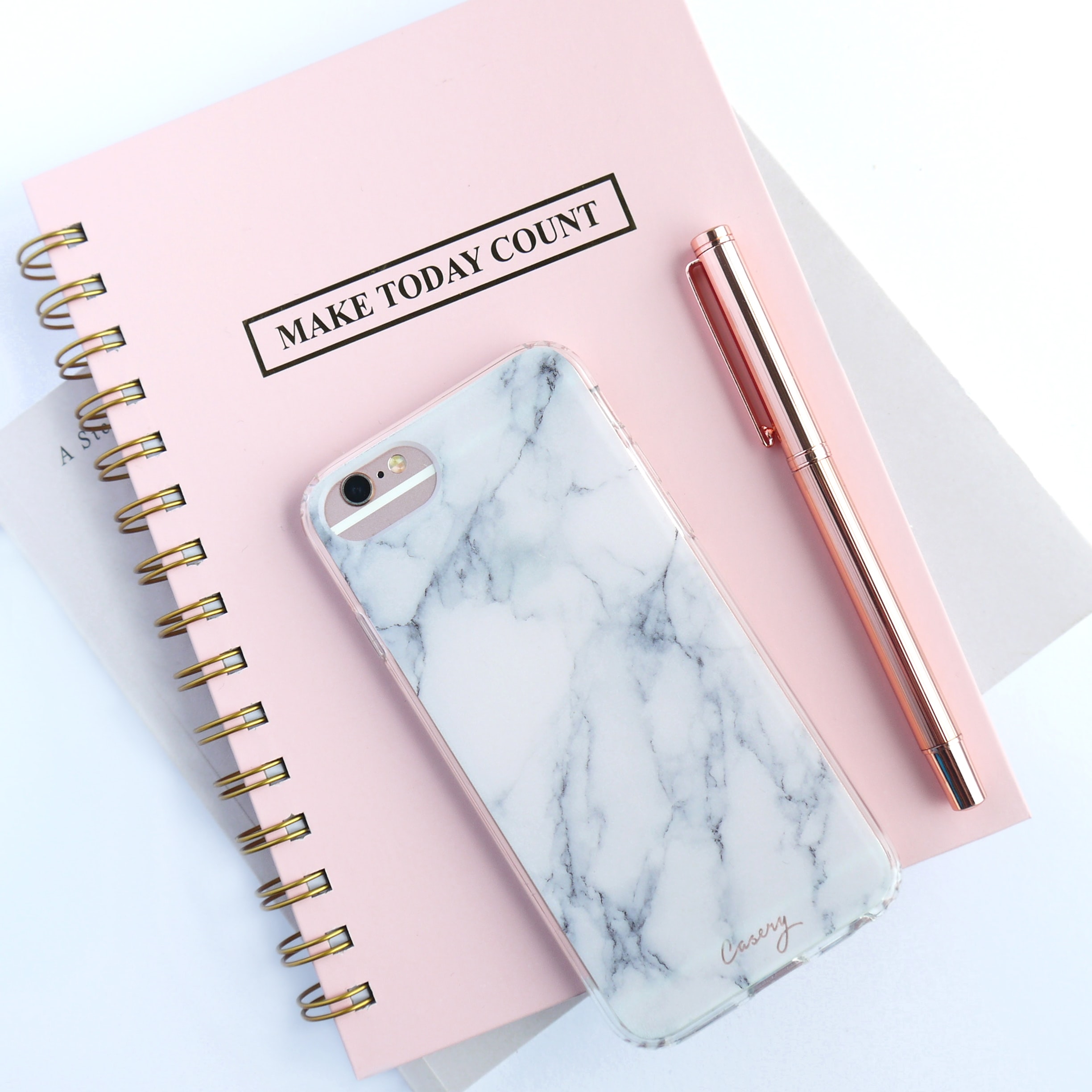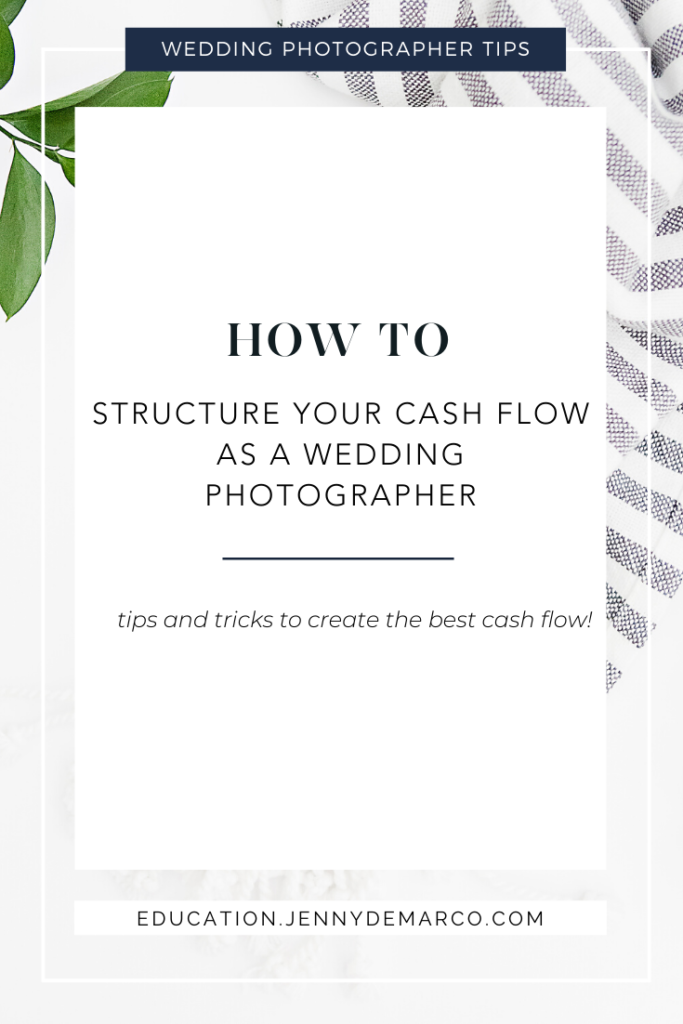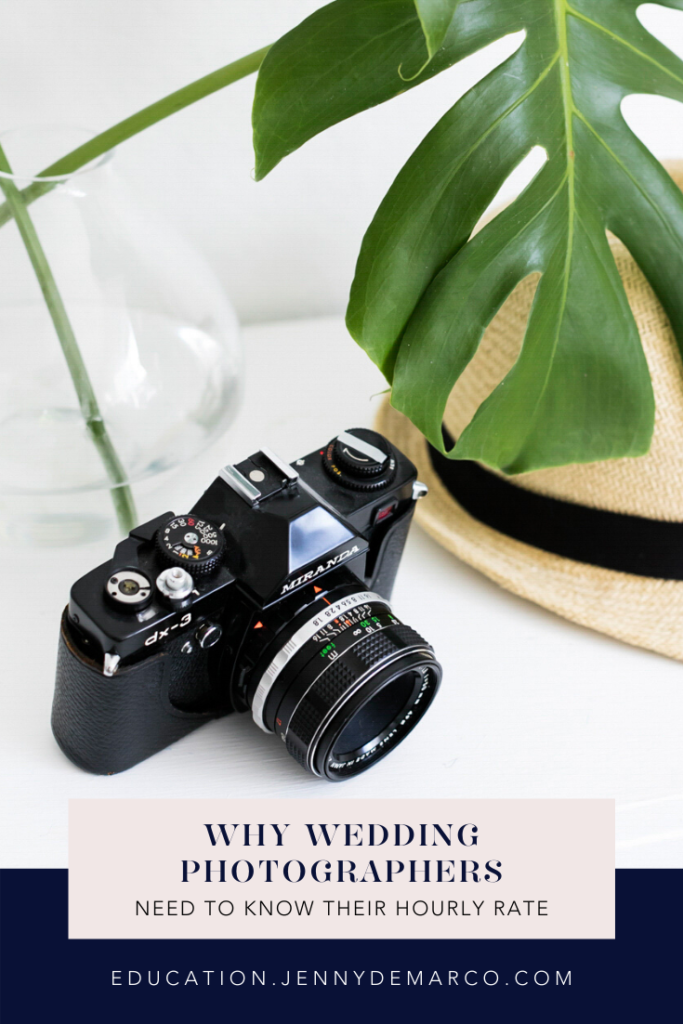
I was talking to a friend today, and was shocked at the pricing that my talented friend was starting at. While they are in a building phase of their business, their work and experience are worth a much higher price point.
What they were missing was better marketing. I did the same thing when I started out! I knew I was working toward the higher price point, but knew that I was new, and wasn’t quite there yet. These are some of the lessons and tips I have learned as a wedding photographer when it comes to pricing strategy.
Do NOT start at a super LOW price point.
Instead, put your pricing where you want them to be at eventually in a year or so and offer discounts and incentives until you are at the point in your business where you can raise. It’s so much easier to establish your value early on vs creeping up slowly.
Do NOT do huge pricing jumps.
It is important to raise your prices steadily, and strategically. Don’t be a $1500 photographer now and put a $10k investment guide out there! Increasing your rates by 75% at a time is not a good idea. That jump is crazy and sends out red flags. My suggestion is to increase your rates by 25%-30% at a time. I personally like increments of $250, as my pricing strategy.
For example, let’s say you start at $2500. Put that $2500 package up to $3000 or $3500. Then when you email out that pricing guide, offer $500-$1000 off.

DO offer “value-added services” instead of discounts when you can.
I know I just said that above but this is more detailed. Try to offer a free portrait session or additional hours valued at that price point you were going to discount. This way you are at least getting a certain higher minimum and upping your average sale.
DO be strategic in your TIMING with this.
For example, offer those discounts or add-ons for weddings less than six months out and for low season dates. Give your full pricing a chance on those higher demand dates for a little while. If you still get no bites, you can always offer the discount again because you know that date is popular and you are going to get more leads for it. It is important to be strategic with the timing of your offers. Always keep your cash flow in mind, and what you can do to improve it. This will help with your overall pricing strategy.
DO communicate clearly these bonuses you are offering your clients.
You should always line item every freebie add-on and every discount in your quote. This way they see and understand what they got extra. Even if it’s just something you say in passing or you stayed for an extra hour. Send an invoice for zero dollars if you have to.
Clients need to know when they are getting a deal. I hear so many complaints from business owners saying they did ALL this extra stuff and clients don’t realize or appreciate it. You gotta toot your own horn! When you go above and beyond that is something of VALUE (not just your customer service standpoint) you need to let your clients know.
Create a pricing strategy.
Using these tips will allow you to not just start your pricing out correctly, but increase it over time.

Read More

Let’s face it… a big challenge in the wedding business is that there is a wedding season. It can be feast or famine depending on how compact your season is. Some seasons you may be booked every weekend, while others you might go weeks without a wedding or event. This can cause stress on you business finances, and your cash flow.
One of the ways you can help manage your cash flow a bit better, and make these mountains and valleys seem like gentle rolling hills? Break your payments up more.
Have more than two payments.
Most photographers require two payments – a retainer (either a set amount or 50% of the package) and a final payment before the shoot day. But what if you could just add even just one more payment in between to break this up a bit more. Wouldn’t that help your cash flow quite a bit?
I recommend for weddings more than 9 months out, you take 3 or 4 payments. I personally love 4 payments. But I realize sometimes that is a lot of check writing for a client so I always give them the option. This way you get a few checks in the off-season months. This can also give your client more time to save the money needed to pay, and help ease their wedding budget.
In addition – It’s actually better for both you and your client. Why? It reduces the risk to both of you in case of a cancelation. Have you ever had a client cancel their wedding right before that second payment was due…hurts right? Well, it won’t be so bad if you are only collecting the last 25%. By having more payments, you are able to feel less of the burden if they do cancel.

Spread out your payments to ease slow seasons, and help cash flow.
You can also spread out the payments as needed. This is a great way to have payments due during your slow season, so you are still collecting money when you are not photographing. You could have one payment due at the time of booking, another due in January or February (when you are slow!) And the last due 3 weeks prior to the wedding.
I personally do 4 payments. 25% retainer, 25% due six months out, 25% due 3 months out and last payment is due 30 days out. Each payment is considered non-refundable. This allows the client to pay off their larger expenses in smaller increments and protects me from a canceled wedding.

Read More

Do you know your hourly rate?
No…not the hourly rate to your client…your real hourly rate. The amount of money made divided by the real amount of hours worked. Those hours late at night, those hours on weekends, the hours you spent working on your business. That rate. That number is hugely powerful to know for two big reasons.
Determine your hourly rate.
First, knowing your hourly rate can help you determine what to charge for a product or service. The easiest example is an hour shooting. The time involved includes the hours prepping plus the hours editing etc. It is more than just showing up for the shoot – it is all of the hours before and after!
Another example are albums. Creating albums for clients is not just about the price of the book itself, but all of the design time, time to make changes, and time to prep the order, as well as managing it.

Make better business decisions.
Perhaps the most important reason to know your hourly rate is that it can help you make important business decisions. And the biggest decision is helping you decide what tasks are worth your time, and what you should outsource.
For example, let’s just say conservatively you want to make $60k a year. And let’s say you are giving yourself 2 weeks vacation and working 40 hours a week. That is $30 an hour. Then, if you can outsource a task for much less than that, you might want to think about it. Or if you can hire an assistant for $15/hr.
$60,000/yr ÷ 50 weeks/yr ÷ 40 hours/week = $30/hour
The other day I needed some simple graphic design work to be done. It would probably take me an hour to figure out and do myself. But I could go onto a site like Fiverr and get it done for $5 then. That makes it totally worth it!
The big outsourcing tasks for me is outsourcing the bulk of the editing for wedding photos. It’s a task that takes me way too long, and I am not the best at large batch editing. I am better at putting final touches on a photo. So that is where I choose to spend my time. By hiring someone to do a bulk of the editing, I am able to save hours of time, and use that in other places of my business. It is important to start looking at what you love to do, and what is taking you too much time.
And keep in mind, this doesn’t just have to be items in your business! I have hired someone to help with household items, like laundry. It is not worth my time to fold laundry for hours every week! So I have outsourced that task, so I can spend more time working or enjoying family time.
The bottom line.
As a bottom line, if you want to make $100K a year, then your hourly rate needs to be at least $50 per hour. This will allow you to have room to cover expenses and outside costs that might be associated with each wedding (gifts, editing, hiring a virtual assistant, etc.)
By taking the time to look at your numbers, and figure out the correct hourly rate, you are able to set up your business for success – and profit! It will also let you set goals for your business, and give you a clear understanding of how many weddings you need to book every year, and at what price.
